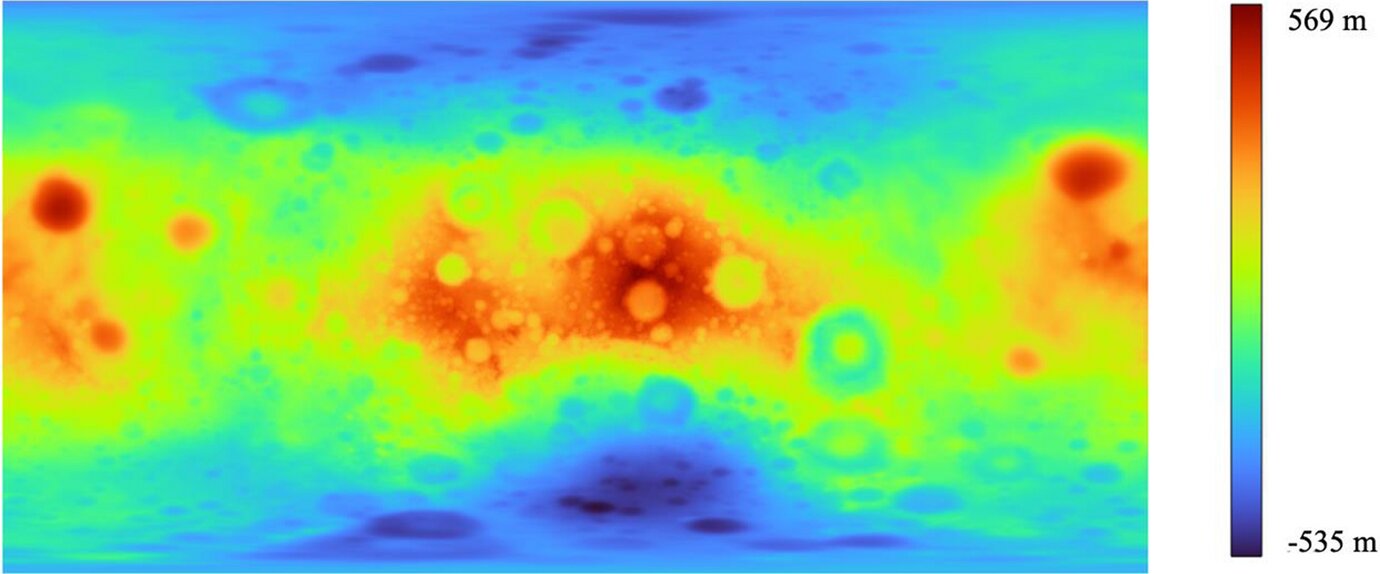Kamilla Cziráki, a geophysics student at the Faculty of Science of Eötvös Loránd University (ELTE), has taken a new approach to researching the navigation systems that can be used on the surface of the moon to plan future journeys.
Working with Professor Gábor Timár, head of the Department of Geophysics and Space Sciences, Cziráki calculated the parameters used in the Earth’s GPS system for the moon using the method of mathematician Fibonacci, who lived 800 years ago. Their findings have been published in the journal Acta Geodaetica et Geophysica.
Now, as humanity prepares to return to the moon after half a century, the focus is on possible methods of lunar navigation. It seems likely that the modern successors to the lunar vehicles of the Apollo missions will now be assisted by some form of satellite navigation, similar to the GPS system on Earth. In the case of Earth, these systems do not take into account the actual shape of our planet, the geoid, not even the surface defined by sea level, but a rotating ellipsoid that best fits the geoid.
Its intersection is an ellipse that is furthest from the Earth’s center of mass at the equator and closest to it at the poles. The radius of the Earth is just under 6,400 kilometers, and the poles are about 21.5 kilometers closer to the center than the equator.
Why is the shape of the ellipsoid that best fits the moon interesting, and what parameters can be used to describe it? Why is it interesting that compared to the moon’s mean radius of 1,737 kilometers, its poles are about half a kilometer closer to its center of mass than its equator? If we want to apply the software solutions tried and tested in the GPS system to the moon, we need to specify two numbers, the semi-major and the semi-minor axis of this ellipsoid, so that the programs can be easily transferred from the Earth to the moon.
2023-07-26 02:48:03
Source from phys.org
